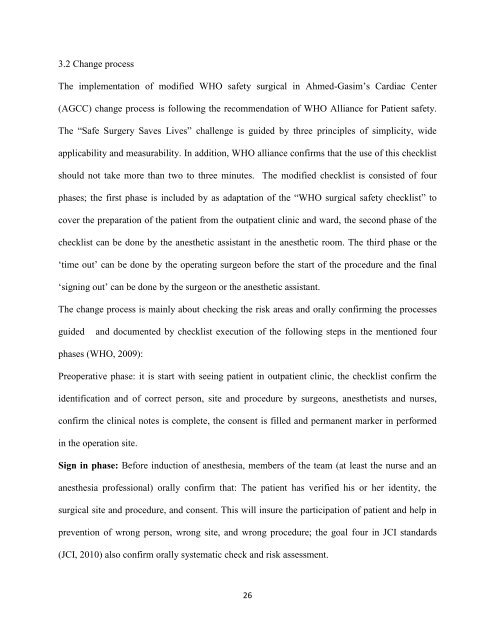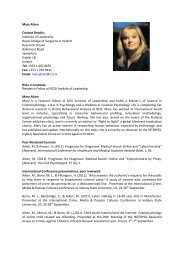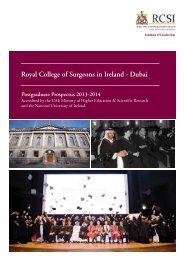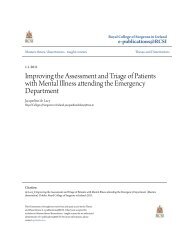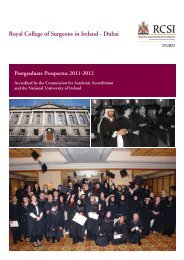Implementation of Safe Surgery Saves Lives initiative in Ahmed ...
Implementation of Safe Surgery Saves Lives initiative in Ahmed ...
Implementation of Safe Surgery Saves Lives initiative in Ahmed ...
- No tags were found...
You also want an ePaper? Increase the reach of your titles
YUMPU automatically turns print PDFs into web optimized ePapers that Google loves.
3.2 Change processThe implementation <strong>of</strong> modified WHO safety surgical <strong>in</strong> <strong>Ahmed</strong>-Gasim‟s Cardiac Center(AGCC) change process is follow<strong>in</strong>g the recommendation <strong>of</strong> WHO Alliance for Patient safety.The “<strong>Safe</strong> <strong>Surgery</strong> <strong>Saves</strong> <strong>Lives</strong>” challenge is guided by three pr<strong>in</strong>ciples <strong>of</strong> simplicity, wideapplicability and measurability. In addition, WHO alliance confirms that the use <strong>of</strong> this checklistshould not take more than two to three m<strong>in</strong>utes. The modified checklist is consisted <strong>of</strong> fourphases; the first phase is <strong>in</strong>cluded by as adaptation <strong>of</strong> the “WHO surgical safety checklist” tocover the preparation <strong>of</strong> the patient from the outpatient cl<strong>in</strong>ic and ward, the second phase <strong>of</strong> thechecklist can be done by the anesthetic assistant <strong>in</strong> the anesthetic room. The third phase or the„time out‟ can be done by the operat<strong>in</strong>g surgeon before the start <strong>of</strong> the procedure and the f<strong>in</strong>al„sign<strong>in</strong>g out‟ can be done by the surgeon or the anesthetic assistant.The change process is ma<strong>in</strong>ly about check<strong>in</strong>g the risk areas and orally confirm<strong>in</strong>g the processesguidedand documented by checklist execution <strong>of</strong> the follow<strong>in</strong>g steps <strong>in</strong> the mentioned fourphases (WHO, 2009):Preoperative phase: it is start with see<strong>in</strong>g patient <strong>in</strong> outpatient cl<strong>in</strong>ic, the checklist confirm theidentification and <strong>of</strong> correct person, site and procedure by surgeons, anesthetists and nurses,confirm the cl<strong>in</strong>ical notes is complete, the consent is filled and permanent marker <strong>in</strong> performed<strong>in</strong> the operation site.Sign <strong>in</strong> phase: Before <strong>in</strong>duction <strong>of</strong> anesthesia, members <strong>of</strong> the team (at least the nurse and ananesthesia pr<strong>of</strong>essional) orally confirm that: The patient has verified his or her identity, thesurgical site and procedure, and consent. This will <strong>in</strong>sure the participation <strong>of</strong> patient and help <strong>in</strong>prevention <strong>of</strong> wrong person, wrong site, and wrong procedure; the goal four <strong>in</strong> JCI standards(JCI, 2010) also confirm orally systematic check and risk assessment.26


